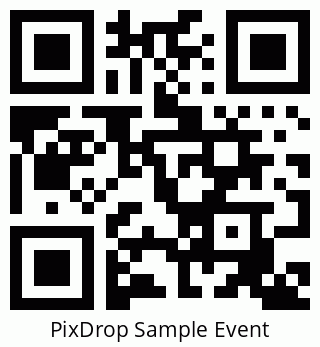Guide to File Formats: PNG, PDF, JPEG, and WebP
PNG (Portable Network Graphics)
File Extension: .png
Description: PNG is a raster graphics file format that supports lossless data compression. It was created as an improved, non-patented replacement for GIF.
Key Features:
- Lossless compression
- Supports transparency
- Ideal for images with text, logos, or sharp edges
- Larger file size compared to JPEG for photographic images
Use Cases:
- Web graphics and logos
- Images requiring transparency
- Screenshots and digital art
- When image quality is crucial and file size is not a concern
PDF (Portable Document Format)
File Extension: .pdf
Description: PDF is a file format developed by Adobe to present documents consistently across different devices and platforms.
Key Features:
- Preserves document formatting
- Supports text, images, hyperlinks, and interactive elements
- Can be password protected
- Widely supported across different operating systems
Use Cases:
- Digital documents and forms
- E-books and digital publications
- Printable materials (brochures, flyers)
- Academic papers and professional reports
JPEG (Joint Photographic Experts Group)
File Extensions: .jpg, .jpeg, .jpe, .jif, .jfif, .jfi
Description: JPEG is a commonly used method of lossy compression for digital images, particularly photographs.
Key Features:
- Lossy compression (some data is lost during compression)
- Smaller file sizes compared to PNG for photographic images
- Supports millions of colors
- Does not support transparency
Use Cases:
- Digital photography
- Web images where file size is a concern
- Email attachments
- Print media
WebP
File Extension: .webp
Description: WebP is an image format developed by Google, designed to provide superior lossless and lossy compression for images on the web.
Key Features:
- Supports both lossy and lossless compression
- Typically smaller file sizes compared to PNG and JPEG
- Supports transparency
- Can animate like GIFs
Use Cases:
- Web images for faster page loading
- E-commerce product images
- Animated images as an alternative to GIF
- Any scenario where image quality and small file size are both important
Comparison Table
| Feature | PNG | JPEG | WebP | |
|---|---|---|---|---|
| Compression | Lossless | Various | Lossy | Lossy & Lossless |
| Transparency | Yes | No | No | Yes |
| Best for | Graphics, logos | Documents | Photos | Web images |
| File Size | Large | Varies | Small | Very Small |
Choosing the Right Format
Selecting the appropriate file format depends on your specific needs:
- For photographs: Use JPEG for smaller file sizes or PNG for higher quality.
- For graphics with text or sharp edges: PNG is usually the best choice.
- For documents: PDF is the standard for maintaining formatting across devices.
- For web images: Consider WebP for its balance of quality and small file size, with JPEG or PNG as fallbacks for older browsers.
